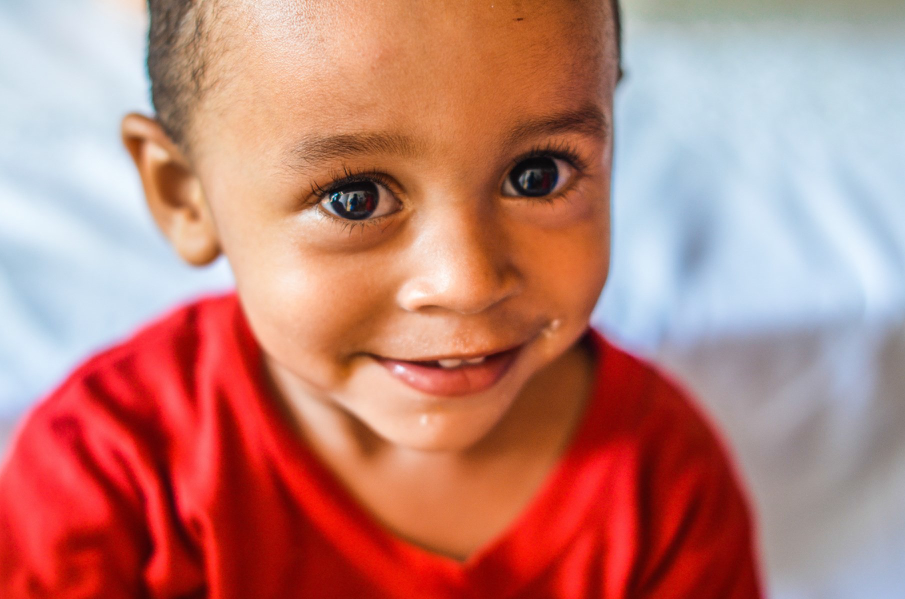We are honored to be part of the JPB Research Network on Toxic Stress and Health. This is a pioneering national network of developmental scientists, community leaders, and primary care practices that are working together to better understand how difficult life circumstances influences development and health, and develop best practices in early assessment and intervention to transform pediatric practice. The ultimate goal is the prevention of lifelong impairments in mental health and chronic disease due to over triggering of the body’s stress responses early in life. Through this network, we are running two research projects at pediatric clinics within Children’s Hospitals and Clinics of Minnesota: the Toddlers and Parents Study and the Toddler Attention Study. The purpose of these studies is to help develop measures that identify evidence of over triggering of stress systems to create a set of measures that doctors can collect during well-child visits to identify families who could use extra help in supporting the development of their children.
We all know that stress is a part of life. Learning how to cope with stress is an important part of a child’s healthy development, whether it’s the stress of meeting new people for shy children or the second-hand stress of watching parents dealing with food insecurity, concerns about paying the rent or living in a dangerous neighborhood. There is a range of physiological responses to stress such as increased heart rate and fluctuations in cortisol stress hormone levels. When stress occurs to a young child within an environment of supportive relationships with adults, these physiological effects are buffered and brought back down to baseline. The result is a healthy stress response system. For larger stressors — such as the death or serious illness of a loved one, a frightening injury, the divorce of one’s parents, or a natural disaster — these physiological responses are sustained for a longer period of time. But still, the buffering effects of supportive adult relationships allow the brain to recover from what might otherwise be damaging effects. It’s when situations of extreme stress are prolonged and unrelenting, in the absence of supportive adults, that a child is affected by toxic stress. These situations can include extreme poverty, physical or emotional abuse, chronic neglect, severe maternal depression, substance abuse, or family violence. Without the support of a caring network of adults, stress can alter brain architecture and lead to stress management systems that respond at relatively lower thresholds, thereby increasing the risk of stress-related physical and mental illness.
Previous research we conducted almost 20 years ago demonstrated the profound importance of what we call “parental social buffering”. That is, once the child has formed a secure attachment relationship with the parent when the parent is present, the child can experience things that are very distressing but the body is buffered from showing a cortisol stress hormone response. There is a powerful parental stress-protective mechanism. Importantly, children who are insecurely attached or where the attachment relationship is disordered do not have this same stress protection. Showing cortisol elevations even when the parent is present might be an important index of toxic stress vulnerability that we can include in our stress battery.
In the Toddlers and Parents Study, we followed 12 to 18 month-olds as they came in for their well-baby checkup with inoculations. We went with the parent and toddler throughout the visit, parents completed questionnaires, we took saliva samples in the waiting room, before shots were given, and 20 minutes after the shots. We had a highly trained observer watch how the child used the parent throughout the visit as a source of security. We recruited 190 families for this study and just recently completed data collection. We are waiting for the cortisol stress hormone analysis, but so far we’ve seen in the data that we do have a range of both life stressors and attachment security. In families with low stress indicators, 80% of the toddlers were securely attached to the parent. In families with higher stress indicators, only about 50% of the children were securely attached. But this still means that 50% of those children in high stressed families were securely attached. Soon we will be able to analyze the saliva samples to determine cortisol response levels to test the buffering role of secure relationships.
We are also just beginning the second Toddler Attention Study to assess the development of attention skills of children 9 to 17 months old as they go through their well-baby exams in the clinic. Good attention skills rely on areas of the brain that are very sensitive to stress. We will be showing children simple videos and tracking their eye-movements to see how they are processing the information on the screen. The little videos test aspect of attention regulation. This is work being done in collaboration with two other colleagues, Philip Zelazo and Jed Elison. Our goal is to see whether delays in the early development of attention can be detected in 9- to 17-month old children while they visit the doctor for their regular check-ups. Detecting delays this early would allow plenty of opportunity to strengthen the brain circuits that help children control their attention and their behavior.
Questions about the Toddlers and Parent Study or the Toddler Attention Study can be directed to Shanna Mliner at newma039@umn.edu or 612-624-4351.






